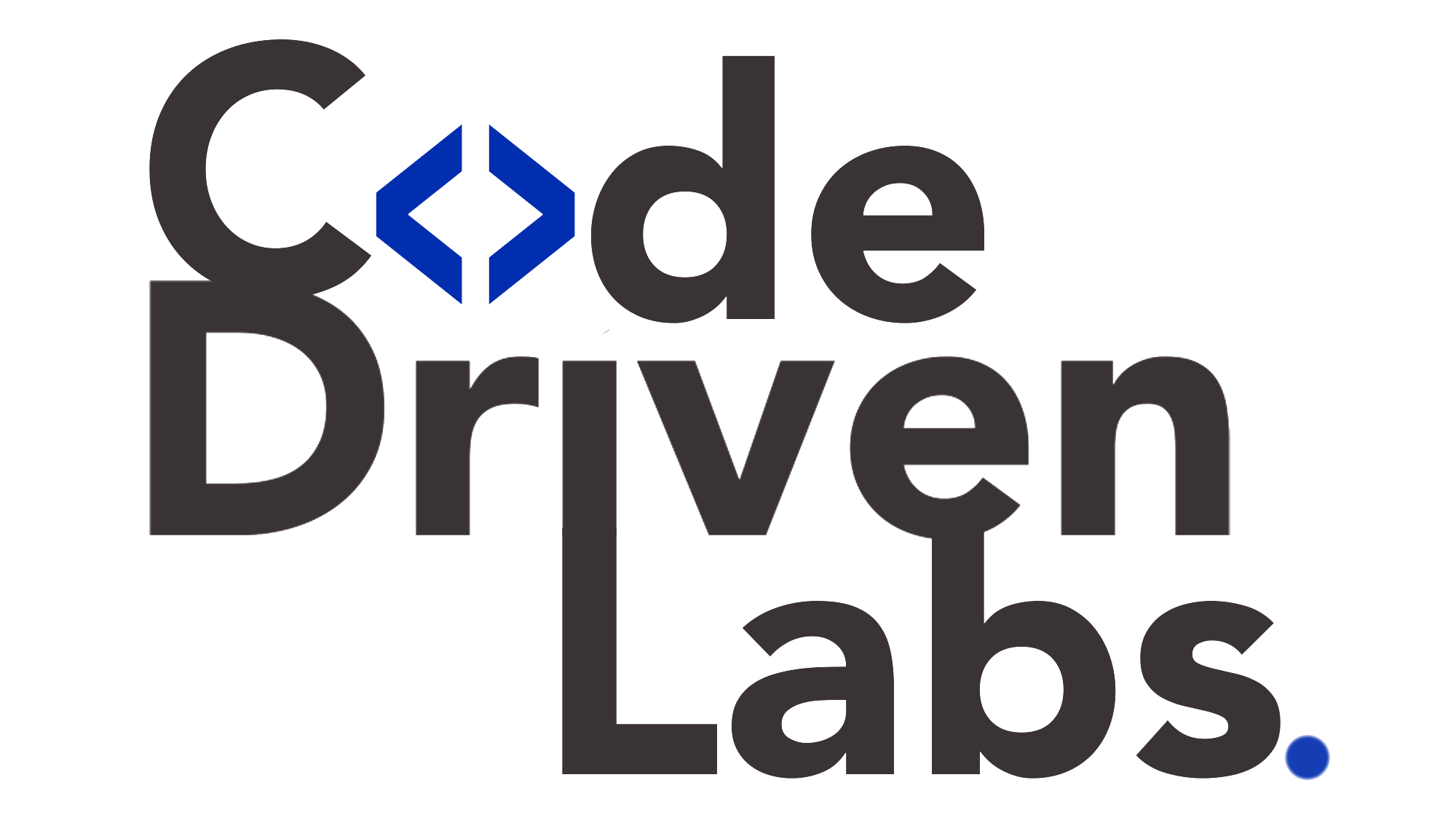Level up your business with US.
- Home
- The Rise of Explainable AI: Making Machine Learning Models Transparent and Trustworthy
The Rise of Explainable AI: Making Machine Learning Models Transparent and Trustworthy
August 8, 2025 - Blog
The Rise of Explainable AI: Making Machine Learning Models Transparent and Trustworthy
Artificial Intelligence (AI) is no longer confined to research labs and experimental projects — it is deeply integrated into everyday business operations. From fraud detection in banking to medical diagnosis in healthcare, machine learning (ML) models are powering critical decisions.
Yet, as AI systems become more powerful, they also become more complex. Many operate as “black boxes” — generating predictions without clear reasoning. This lack of transparency can erode trust, hinder adoption, and even raise legal concerns.
This challenge has fueled the rise of Explainable AI (XAI) — an approach to building AI systems that are transparent, interpretable, and trustworthy. When paired with code-driven labs, organizations can develop, test, and deploy explainable models faster and more effectively.

What is Explainable AI?
Explainable AI refers to methods and frameworks that make the inner workings of machine learning models understandable to humans. Instead of just providing an output, an explainable model also communicates the “why” and “how” behind its decisions.
For example:
-
In healthcare, a diagnostic AI might not only predict the likelihood of a disease but also highlight the specific symptoms or data points influencing the decision.
-
In finance, a credit scoring model could explain why an applicant was denied a loan, pointing to relevant financial patterns.
Explainability is not just a technical preference — it is becoming a regulatory and ethical requirement in many industries.
Why Explainability Matters
1. Trust and Adoption
Business leaders and end-users are more likely to trust AI recommendations when they understand the reasoning behind them. Transparency accelerates adoption across teams.
2. Regulatory Compliance
Industries like banking, healthcare, and insurance face strict compliance requirements. Regulations such as the EU’s GDPR mandate the “right to explanation” for automated decisions.
3. Model Debugging
Explainability helps data scientists detect errors, biases, and overfitting, leading to more accurate and fair models.
4. Ethical Responsibility
Transparent AI ensures that decisions do not perpetuate discrimination, bias, or unintended harm.
Black Box vs. Glass Box AI
Traditional deep learning models — such as neural networks — are often referred to as “black boxes” because their internal decision-making process is difficult to interpret.
Glass box models, on the other hand, are inherently more transparent, using interpretable algorithms such as decision trees, linear regression, or rule-based systems. However, these models may sacrifice some predictive power compared to complex architectures.
The challenge — and the opportunity — lies in making high-performance models explainable without losing their accuracy.
Key Techniques for Explainable AI
-
Feature Importance Analysis – Identifying which input features have the greatest influence on predictions.
-
LIME (Local Interpretable Model-Agnostic Explanations) – Explaining individual predictions by approximating the black box model locally with a simpler model.
-
SHAP (SHapley Additive exPlanations) – Using game theory to calculate the contribution of each feature to a prediction.
-
Partial Dependence Plots – Visualizing how a feature impacts model output while holding others constant.
-
Counterfactual Explanations – Showing what changes to the input would alter the prediction outcome.
Challenges in Building Explainable AI
While XAI is powerful, it introduces new challenges:
-
Trade-off Between Accuracy and Interpretability – Simpler models are easier to explain but may be less accurate.
-
Scalability – Generating explanations for large datasets and complex models can be computationally expensive.
-
Consistency – Explanations must be consistent across similar predictions to maintain trust.
-
Collaboration Gaps – Business teams and technical teams often struggle to align on what constitutes a “good explanation.”
This is where code-driven labs offer significant value.
How Code-Driven Labs Empower Explainable AI
Code-driven labs are collaborative, cloud-based environments that integrate coding, data handling, model development, and deployment into a single streamlined workflow. They play a critical role in accelerating the creation and scaling of explainable AI systems.
Here’s how they help:
1. Centralized Experimentation
Data scientists can run multiple models — both black box and glass box — in a single environment, comparing not only their accuracy but also their explainability scores.
2. Reproducibility
Code-driven labs store every experiment’s code, parameters, and datasets. This ensures that an explanation for a model’s decision can be reproduced exactly, which is vital for compliance and auditing.
3. Integrated Explainability Tools
Many code-driven labs come pre-configured with libraries such as LIME, SHAP, and ELI5, enabling quick integration of interpretability techniques into model pipelines.
4. Faster Debugging and Bias Detection
By automating the generation of explanation reports, these labs allow teams to quickly spot anomalies or biases in the data and model behavior.
5. Cross-Functional Collaboration
Business analysts, compliance officers, and technical teams can access the same explanation dashboards in real time, ensuring that interpretations align with business needs.
6. Seamless Deployment of Transparent Models
Once a model is both accurate and explainable, code-driven labs make it easy to deploy into production with embedded interpretability features — such as interactive feature importance charts for end-users.
Real-World Applications of Explainable AI + Code-Driven Labs
-
Healthcare Diagnostics
Hospitals use explainable AI to predict patient readmission risk. With code-driven labs, clinicians can review visual explanations that show which factors most influenced the risk score, leading to more targeted interventions. -
Financial Risk Assessment
Banks combine SHAP-based explainability with credit scoring models to provide customers and regulators with clear justifications for lending decisions. -
Manufacturing Quality Control
Manufacturers use AI to detect defective products on the assembly line. Code-driven labs help engineers trace the model’s reasoning, ensuring that false positives and negatives are minimized.
Best Practices for Implementing Explainable AI in Code-Driven Labs
-
Start with Business Requirements
Define the level of explanation detail required by regulators, customers, and internal teams. -
Select the Right Models
Balance accuracy with interpretability, possibly using hybrid approaches where a complex model is paired with a simpler surrogate model for explanations. -
Integrate Interpretability Early
Don’t treat explainability as an afterthought — embed it into the model development process from the start. -
Validate with Non-Technical Stakeholders
Ensure that explanations are not only technically correct but also understandable to business decision-makers. -
Automate Reporting
Leverage lab features to auto-generate interpretability reports for compliance and operational reviews.
The Future of Explainable AI
Explainable AI is moving from a “nice-to-have” to a core requirement in AI development. As industries face stricter regulations and customers demand greater transparency, the ability to open the black box will be a competitive advantage.
The future will likely see:
-
Explainability at Scale – Real-time, on-demand explanations for millions of predictions.
-
Standardized Interpretability Metrics – Agreed-upon benchmarks for explanation quality.
-
Integration with Responsible AI Practices – Combining explainability with fairness, bias mitigation, and ethical safeguards.
Conclusion
The rise of Explainable AI marks a turning point in the way organizations build and deploy machine learning models. It bridges the gap between high-performance predictions and human understanding, enabling trust, compliance, and better decision-making.
Code-driven labs amplify these benefits by providing a collaborative, reproducible, and tool-rich environment for building transparent models. They make it possible to integrate explainability seamlessly into the AI lifecycle — from development to deployment.
